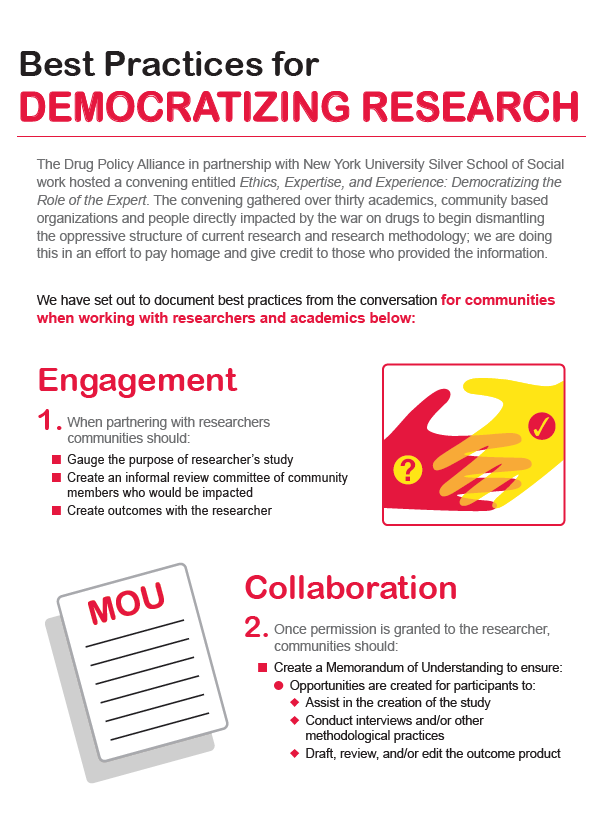
🚨The DEA is soliciting public comments on their production quotas for Schedule 1 and 2 drugs and they are due in 2 days - at 11:59pm Tuesday Nov 16th.🚨
Some of these quotas are GREAT! Some aren't.
Join us at @DrugPolicyOrg and submit your comments today!!
A thread 🧵(1/n)
Some of these quotas are GREAT! Some aren't.
Join us at @DrugPolicyOrg and submit your comments today!!
A thread 🧵(1/n)
Why should you submit comments? Because the DEA decides annually how much of these Schedule 1 and 2 drugs should be produced every year for:
🩺 medical purposes,
🔬 scientific purposes,
🔍 research purposes, and
🏭 industrial purposes.
(2/n)
🩺 medical purposes,
🔬 scientific purposes,
🔍 research purposes, and
🏭 industrial purposes.
(2/n)
Drugs in Schedule 1 like heroin, marijuana, LSD and others have been deemed to have "no medical use" and "high abuse potential" even though many of us know they DO have medical uses. Higher quotas are good because we can study them more to find uses. (3/n)
Please read this excellent piece by @MarijuanaMoment about how it's actually GREAT that the DEA has proposed higher production quotas in 2022 for a lot of Schedule 1 drugs including marijuana and psychedelics because researchers want to study them. marijuanamoment.net/dea-proposes-d…
To show your support for this positive expansion, please consider submitting your comments to the DEA by following the directions and reading more about the details here: federalregister.gov/documents/2021… (5/n)
Because our comments could not possibly be 100% positive (lol- I mean, it is the DEA!) I had to dig to see if there's anything we wouldn't like about the proposed quotas. I found some things that may concern you too. (6/n)
1) I compared 2021 quotas to these proposed 2022 quotas and focused on certain opioids.I saw that fentanyl quotas went down, as did oxycodone, hydromorphone, and others used for pain. This is bc of stigma, not science.
You can look for yourself here: govinfo.gov/content/pkg/FR…
You can look for yourself here: govinfo.gov/content/pkg/FR…
Pain patients and groups like @national_pain may be interested in commenting on this.
A factor that weighs heavily in their calculations for quotas is "diversion" even though we know Rx opioid overdoses have gone down, diverted fentanyl is rare. POC still undertreated.
A factor that weighs heavily in their calculations for quotas is "diversion" even though we know Rx opioid overdoses have gone down, diverted fentanyl is rare. POC still undertreated.
2) I was angry to see that methadone quotas did not increase in 2022, which to me just reflects the complete apathy about this life-saving medication. And the acknowledgment that 20 years into this crisis, we don't plan on making it any more accessible for more patients.
3) Although fentanyl analogues are a niche issue for many, I was irritated that these quotas were not increased. When Biden expanded their temporary Schedule 1 status, his admin said that any research suggesting their medical use could get them rescheduled. We need more to study.
If this thread sparked your interest, please visit the landing page where you can read more about these quotas and get directions to submit your comments! federalregister.gov/documents/2021…
• • •
Missing some Tweet in this thread? You can try to
force a refresh










